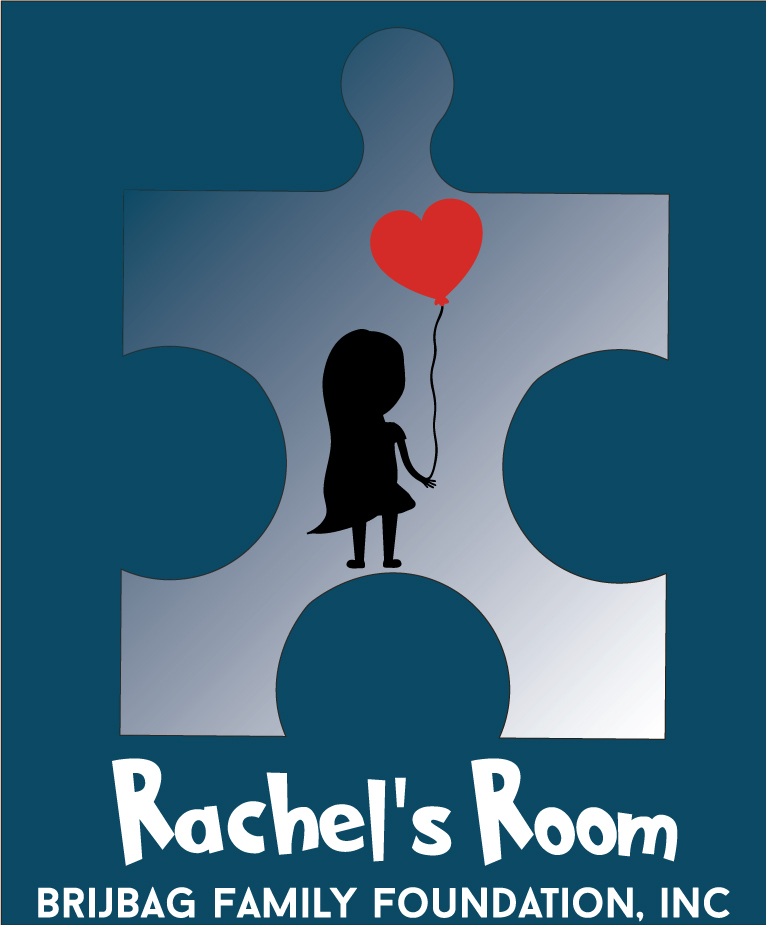

Rachel’s Room is a sensory room. Sensory rooms use sensory equipment to create a controlled sensory- focused environment. These environments allow sensory experiences to be individually tailored to meet the specific needs of an individual. Good sensory rooms are well structured so that the amount and intensity of a sensory experience can be easily controlled and monitored.
There are multiple purposes for a sensory room. They can promote self-organization, be a calming area, provide leisure help with sensory integration, or act as skilled training centers. A well-designed room can also serve people of all ages, multiple disabilities, as well as facilitators, teachers, parents, caregivers, and therapists.

Schools and mental health facilities use sensory rooms to reduce stress, reduce stereotyped repetitive behaviors, reduce aggression, increase focus, motivate learning, increase interaction, and assist with sensory integration therapy.
Common components of a sensory room include but are not limited to: a bubble tube, fiberoptic sprays or lighting, bean bag chairs, interactive wallboards, rocking chairs and glider rockers, comfortable rugs, stereo or MP3 player with headphones, therapy balls, lighting projector that can display various colors and patterns, weighted blankets or weighted lap pads, a flowing water fountain, bins with assorted sensory activities, and aromatherapy diffuser kits.
“It is more important how you use the space and not what you have in it,” says Brian Brijbag, Esq. One of the most common mistakes is to go into a sensory room and turn on every piece of equipment. This can be very over stimulating for some. If used incorrectly students can self-injurious or aggressive behavior. The equipment is only as good as the person using it, that’s why training is essential.
Please download our expanded report on sensory rooms:

